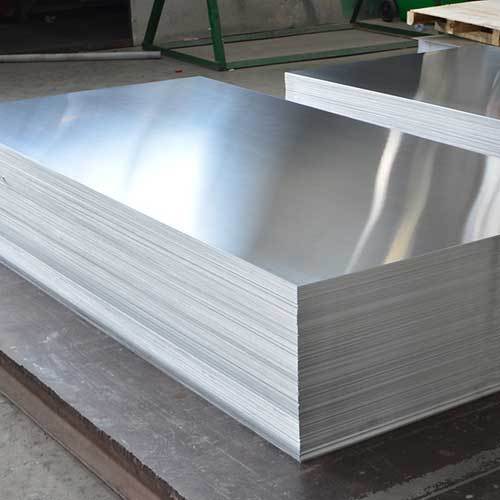Stainless steel is renowned for its strength, durability, and versatility, and among its various grades, 316 stainless steel stands out for its exceptional performance in challenging environments. This blog explores the benefits of using 316 stainless steel plates, highlighting why this material is a top choice for many industrial and architectural applications.
What is 316 Stainless Steel?
316 stainless steel is an austenitic alloy that includes molybdenum, which significantly enhances its resistance to corrosion. The typical composition of 316 stainless steel includes:
- Nickel: 10-14%
- Chromium: 16-18%
- Molybdenum: 2-3%
- Iron: Balance
- Carbon: Maximum 0.08%
The presence of molybdenum provides superior corrosion resistance, especially against chlorides, which is a key factor in its popularity.
Key Benefits of 316 Stainless Steel Plate
Excellent Corrosion Resistance
One of the most significant advantages of 316 stainless steel plates is their superior resistance to corrosion. The addition of molybdenum enhances the alloy’s ability to withstand attack from chlorides and other aggressive substances. This makes 316 stainless steel an ideal choice for applications in marine environments, chemical processing, and coastal areas where exposure to saltwater and other corrosive elements is common.
High-Temperature Performance
316 stainless steel maintains its strength and stability at high temperatures. It can perform reliably in temperatures up to approximately 870°C (1600°F) in intermittent service and up to 925°C (1700°F) in continuous service. This high-temperature performance is crucial for applications in heat exchangers, furnace components, and other environments subject to elevated temperatures.
Strength and Durability
316 stainless steel plates offer high tensile strength and durability. They are resistant to deformation and wear, making them suitable for heavy-duty applications. The material’s strength ensures longevity and reliability, reducing the need for frequent replacements or repairs.
Hygienic Properties
The smooth surface of 316 stainless steel plates is non-porous, which prevents the accumulation of contaminants and makes cleaning easier. This hygienic property is particularly important in industries such as food processing, pharmaceuticals, and healthcare, where maintaining sanitary conditions is essential.
Versatility in Applications
316 stainless steel plates are highly versatile and used in a wide range of applications. Their properties make them suitable for:
- Marine Applications: Ideal for boat and shipbuilding components, as well as coastal construction, due to their resistance to saltwater corrosion.
- Chemical Processing: Used in tanks, reactors, and piping systems that handle corrosive chemicals and high temperatures.
- Architectural Features: Employed in modern buildings for cladding, handrails, and decorative elements, combining durability with aesthetic appeal.
- Medical Devices: Utilized in surgical instruments, implants, and medical equipment where both strength and corrosion resistance are critical.
Ease of Fabrication and Welding
316 stainless steel is known for its excellent weldability and machinability. Using standard fabrication techniques, it can be easily formed into various shapes and sizes, including plates. This ease of fabrication allows for custom solutions and complex designs, making it favoured in various engineering and construction projects.
Cost-Effectiveness
While 316 stainless steel plates are generally more expensive than some other grades, their long-term performance and durability often justify the initial investment. The reduced need for maintenance and replacements can offset the higher upfront costs, making 316 stainless steel a cost-effective choice in the long run.
Applications of 316 Stainless Steel Plates
- Marine and Coastal Engineering: Boat hulls, ship components, and coastal infrastructure.
- Chemical and Pharmaceutical Industries: Storage tanks, piping systems, and reactor vessels.
- Architecture and Construction: Building facades, roofing, and decorative panels.
- Food and Beverage Processing: Processing equipment, tanks, and conveyors.
- Medical and Surgical Equipment: Instruments, implants, and devices.
Conclusion
The benefits of using 316 stainless steel plates are numerous and diverse, ranging from excellent corrosion resistance and high-temperature performance to durability and versatility. Whether used in harsh industrial environments, marine applications, or modern architectural designs, 316 stainless steel plates offer a reliable and long-lasting solution. By understanding the advantages of 316 stainless steel, you can make informed decisions for your projects and ensure optimal performance and longevity.
